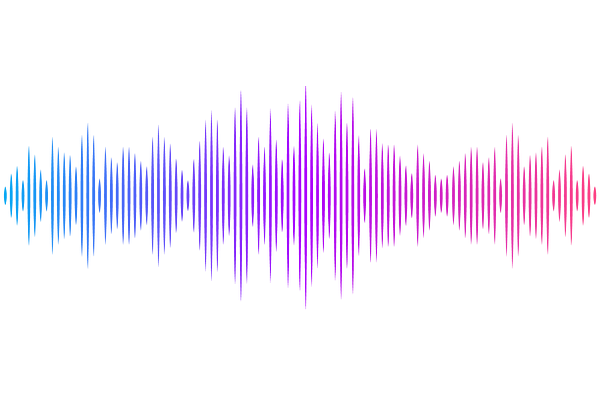An updated and spatially validated somatic single-cell atlas of Hydractinia symbiolongicarpus

An updated and spatially validated somatic single-cell atlas of Hydractinia symbiolongicarpus
Song, J.; de Jong, D.; Waletich, J.; Baxevanis, A. D.; Schnitzler, C. E.
AbstractSingle-cell RNA sequencing (scRNA-seq) has revolutionized transcriptomic research, enabling the creation of detailed tissue, organ, and species-level atlases for model organisms. In Hydractinia, a cnidarian model for stem cell and regeneration studies, recent atlases have revealed key insights into cell types and developmental processes. However, these atlases remain limited in cell numbers and transcriptomic depth and cell type assignments were largely made in silico. Here, we present an updated Hydractinia single-cell atlas by integrating new datasets from fixed cells with previously published live-cell data. This expanded atlas captures over 47,000 cells from feeding polyps and stolon tissue, recovering and refining major somatic cell lineages including cnidocytes, neurons, gland cells, epithelial cells, and stem cells (i-cells), as well as identifying a novel population of putative immune cells. We investigated the spatial expression patterns of selected marker genes and validated all major cell types and several cell states. Our analyses uncovered a previously undescribed neural subtype, two spatially distinct gland cell populations, a stolon-specific cell type, and a putative immune cell cluster. Additionally, we recovered and explored a complete Hydractinia cnidocyte trajectory with two distinct endpoints, supported by spatial marker gene expression that reflects the developmental progression of cnidoblasts as they mature and migrate towards the tentacles. Subclustering of somatic i-cells revealed putative progenitor states and a potential population of true stem cells. Together, this atlas significantly advances our understanding of Hydractinia cellular diversity and dynamics, allowing us to generate new hypotheses and provide a valuable resource for the cnidarian research community and beyond.